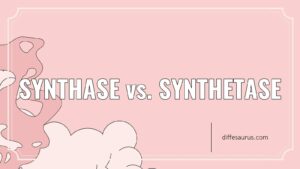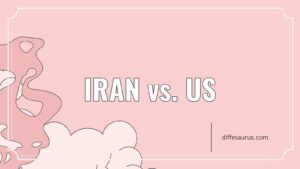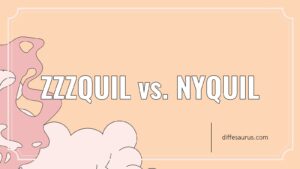In English, ‘to”, ‘two”, and ‘too’ are not normalphones. There are different meanings to these three words.
The word ‘Too’ is an example of an adverb. It can be used to replace words such as ‘excessively’ or ‘additionally’. It can be used in a wide range of situations and contexts. It means a direction like ‘until’ or ‘toward’.
How do you use the word to?
It’s a little word that can be used to say a lot of things. It can be used to indicate a goal, direction of movement or a place of arrival. When you say you’re going to class tomorrow, that’s the way you use it.
Where do we use to?
We can use the word destination or direction to indicate a direction. Is he going to join us at the park?
What are the examples of to?
The words to and two are exactly the same, but they are used in different ways. Homophones-words that are pronounced the same but have different meanings and spellings are classic examples.
How do you use too in a sentence?
Go to the store is an example of a word that can be used in many different ways. The number 2 is what the word is used for. When it should be too, or vice versa, is the most common mistake made with the three words. Don’t use too many o’s when you need to.

How do you use too in a sentence?
When substituting ‘also’ with ‘too”, surround it with letters. When it’s the last word in a sentence, the exception is. When there is an excessive degree, there is no excuse.
Is it too or to Young?
In English, the expression ‘too much, too young’ is a standard expression. The song is the lowest register, while the Brookings article is the highest register.
What is the difference between to and too and two?
There are several meanings to the word to, including ‘toward’ and ‘until’. Too can mean either excessive or also. Two is the same as to and also, but can’t be used instead of either of them because it’s a number.

How do you use to and too examples?
To is a possessive pronoun or an infinitive sentence. A relationship between words and elements can be shown. You should use more ‘Os’ when you need a word that means more. It’s also possible to be a synonym for really, also and in addition. When you don’t know if you should use to or not, replace the word with something else. The sentence is correct if it still makes sense. Think of the two ‘Os’ in the same way, since you need at least two people to come to an agreement.
How do you use to or too?
The words are used in a variety of ways.
What is the difference between two too and to?
The meaning of two is much simpler than it is for to. When writing out compound numbers, you will use two. Twenty-two, two hundred and six, one thousand two hundred and twelve are some examples.
What is the meaning of too young?
If a person feels the need to avoid an event that contains mature content, they can use this excuse. Even if the person is not young in age, it can be used for anything.
How do you teach the difference between to too and two?
The words are the same, but have different meanings. When you mean too much, use too as a substitute for the word.
Is it to you too or to you too?
Is it incomprehensible? It’s the default word in almost every situation, so think of it this way. Two specific instances are where the word ‘Too’ is used. You should use two ‘o”s if you’re defining an extreme or if you’re substituting ‘also’ without changing the sentence’s meaning.
Whats the difference between to and too?
The word ‘Too’ is an example of an adverb. It can be used to replace words such as ‘excessively’ or ‘additionally’. It can be used in a wide range of situations and contexts. It means a direction like ‘until’ or ‘toward’.



